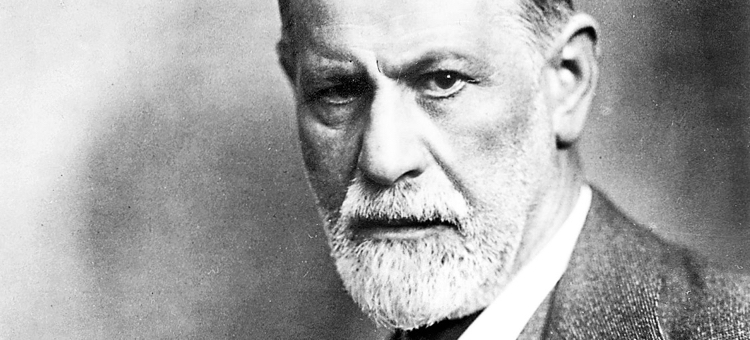In the final decades of the 19th century, a young Sigmund Freud was hammering out his theories and exploring the dense and complex world of the human psyche.
Over time Freud fine-tuned his work and pondered what was then known as “hysteria.” He offered in a paper a new way of looking at anxiety.
Freud felt there were aspects of anxiety that might be useful, and in turn he coined the term “danger-situation.” Sometimes when we are anxious it may be because we are perceiving and experiencing an event that might be dangerous. Our anxiety sounds an alarm to be mindful, to pay close attention.
Learning to trust your intuition and your ability to assess danger-situations is an important aspect of development and self care. At the same time, it is important to consider the context of whatever situation you find yourself, in order to make a sound judgment.
Sharing your perception or experience with colleagues, friends or partners can be very useful. Confirmation from others might lead to the taking of actions both protective and healing. Other times, it’s enough to interpret your feelings on your own.
Remember how you may once have said to a friend, “You know, something doesn’t feel right here.” And your friend said, “I agree, I feel it too”; let’s get out of here.” That’s joining as one in validating a danger-situation, and without realizing it you protected one another.
Sometimes the key is to notice your feeling — your sense of things — and carefully consider your surroundings or the situation in which you find yourself. Then take the action you feel best serves you. Ignore that overriding inner voice that may intrude, suggesting you are overreacting, or making too much out of nothing.
The worst that can happen is you make a mistake and are overly cautious. There may come a time, however, when paying attention to your anxiety’s warning of a danger-situation proves to be the best thing you ever did.
